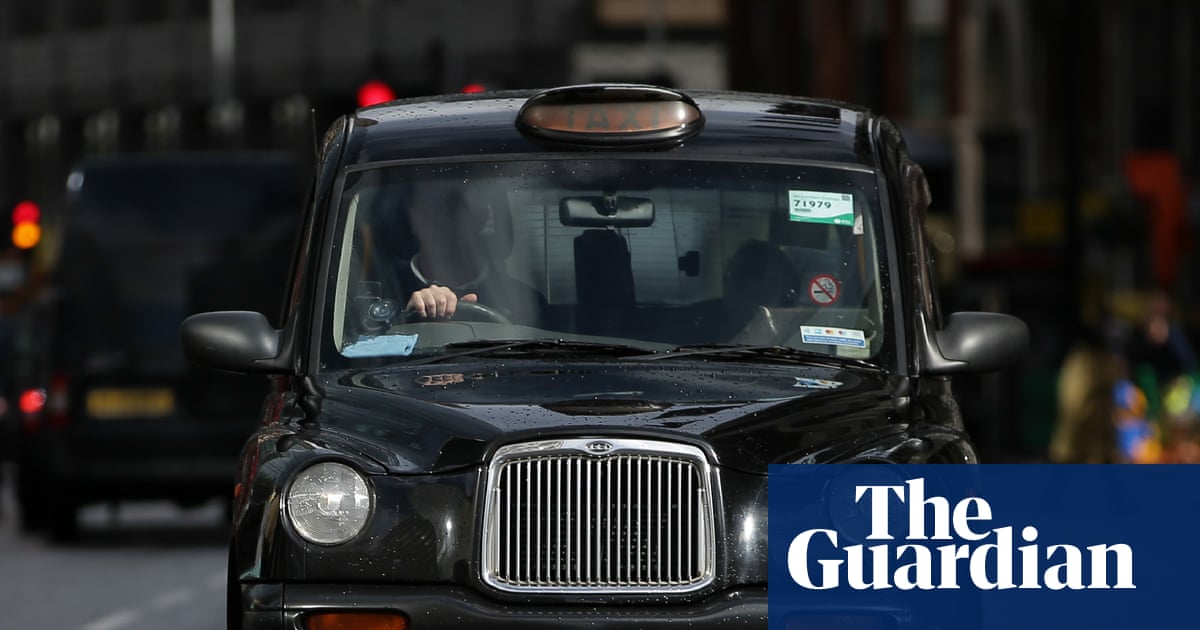
"Around 1919, the British mathematician G. H. Hardy hopped on a London cab on his way to visit his Indian colleague Srinivasa Ramanujan. The cab's licence number, 1729, seemed dull to Hardy but his pal fervently disagreed. It is a very interesting number, said Ramanujan. It is the smallest number expressible as the sum of two cubes in two different ways."
"1729 = 13 + 123 = 93 + 103 Hardy's anecdote is one of the most well-told in British mathematics, and has given rise to taxicab number, which is any number that is the smallest number expressible as sums of two cubes in n different ways. It is also why the UK's first specialist maths secondary school, which opens in London in September next year, will be called the 1729 Maths School."
Around 1919 G. H. Hardy encountered Srinivasa Ramanujan via a London taxi with licence number 1729. Ramanujan identified 1729 as the smallest number expressible as the sum of two cubes in two different ways, 1729 = 1^3 + 12^3 = 9^3 + 10^3. The anecdote gave rise to the term taxicab number, defined as the smallest number expressible as sums of two cubes in n different ways. Three puzzles inspired by 1729 follow: a pair-of-squares question under 100, a triangle-avoiding strip-length problem, and a products puzzle with four numbers. The UK has nine university maths schools aiming to nurture mathematical talent from underrepresented groups.
Read at www.theguardian.com
Unable to calculate read time
Collection
[
|
...
]